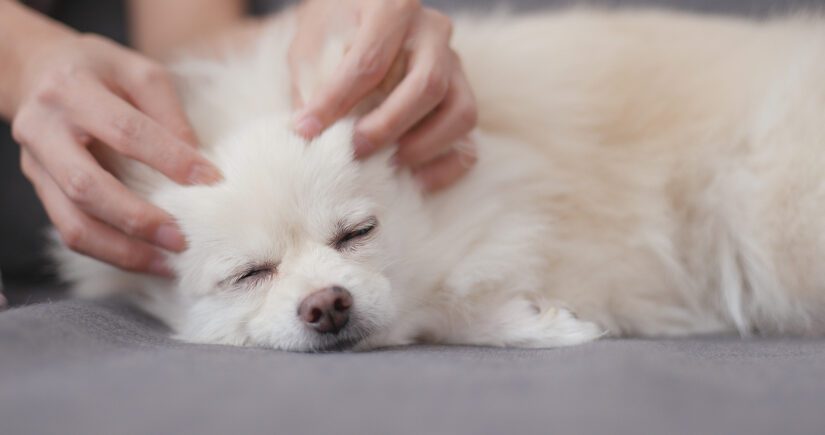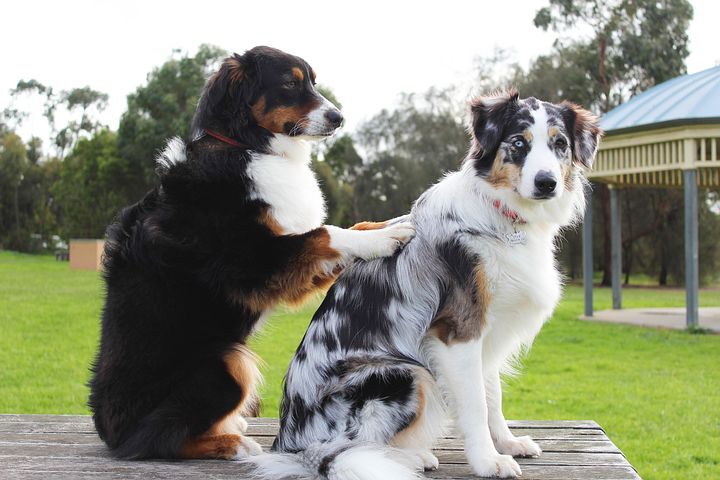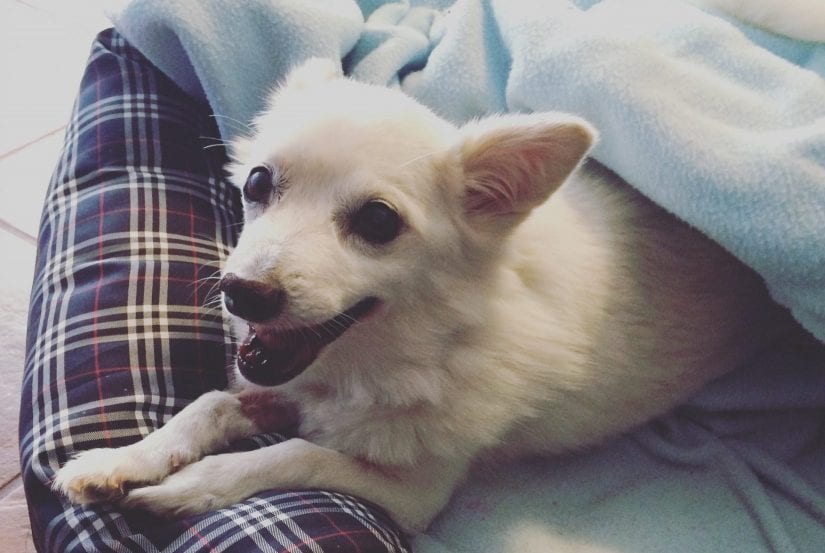Everyone deserves a little TLC and that includes your beloved pup. Giving your dog a massage is a great way to help alleviate any tension and pain they might have, as well as helps to strengthen your bond.

The benefits of dog massage
- It relieves stress and anxiety. Just like your stress seems to melt away during a massage, the same goes for your doggo. Whether your dog has a history of anxiety or is frightened by loud noise, like a thunderstorm or fireworks, a quick massage can help relax them.
- It improves their physical well-being. A massage can help your dog’s circulation, lower blood pressure, strengthen her immune system, aid digestion and encourage a more relaxed disposition.
- It helps elevate their mood. When you get a massage, you often feel refreshed, rejuvenated, and well-cared for. The same goes for your dog.
- It helps to assess your dog’s health. By routinely massaging your dog, you’ll be able to detect potential ailments and can alert your veterinarian earlier. For example, you might find a new lump or bump, or notice when your dog flinches as you touch a particular spot.
- It strengthens your bond. Touch is a powerful healing modality. Giving a regular massage to your dog will help them to feel safe and more connected to you. Expressing your love through a doggie massage increases that special bond you share.

How to massage your dog
From puppies to seniors, all dogs can benefit from a simple at-home massage. Intense dog massage therapy, including post-op relief and any severe pain alleviation, should be left to the professionals. But you can indulge your dog with simpler, gentle massage techniques. It’s important to note that you should never force a massage on your dog. Read your dog’s signals to understand whether they’re comfortable with you touching them or not.
- Make sure your dog is in a calm and relaxed state. Try to refrain from giving your dog a massage while he or she is fearful or anxious or super energized. Rather, massage them as they’re in a submissive and calm state preferably lying down and relaxed. And remember to stop immediately if they recoil or cry out.
- Maintain a soothing manner with your pup. All great massage therapists are soothing and relaxed as they work. Ensure you’re also calm and relaxed as you massage your dog, reassuring them in a soft tone.
- Use broad gentle strokes. Broad and gentle strokes are best to use. Use a relaxed and open hand, starting at the back of the head, stroke up and down either side of your dog’s spine, avoiding the bone. The gentler, the better.
- Ear rub. Most dogs love a nice ear rub. Start with your thumb on the inner side of your dog’s ear, at the base of the ear flap; your index finger should be outside the ear. Apply some gentle pressure as you stroke the ends of the ears.
- Head massage. Using the same gentle technique, massage your dog at the base of their skull with some soothing strokes and light pressure.
If you have any questions about massage therapy for your dog, don’t hesitate to reach out to your veterinarian.

